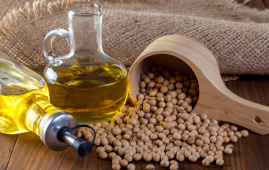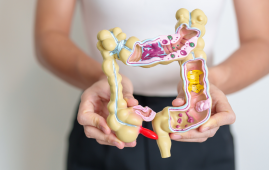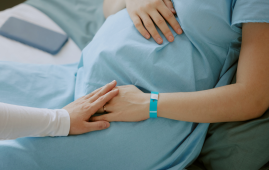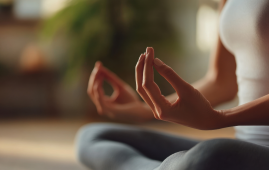

A standard bone density test for osteoporosis can also reveal an elevated risk of a heart attack due to the presence of calcium in the aorta. However, deciphering these images requires expertise and can take time.
According to new study from a multi-institution cooperation, including Harvard Medical School and Hebrew SeniorLife, this calcification test score may be determined fast using machine learning, eliminating the need for a person to analyze the scans.
“This development paves the way for use in routine clinical settings with little or no time to generate the useful calcification score that predicts heart attacks,” said Douglas Kiel, HMS professor of medicine and director of the Musculoskeletal Research Center at Hebrew SeniorLife and an author on the paper.
Abdominal aortic calcification (AAC) assessment using bone density machine pictures is time-consuming and requires meticulous training. As a result, when these images are collected in clinical practice, AAC grading is not commonly conducted. The ML-AAC-24 machine-learning algorithms for AAC assessment were created, verified, and tested in a real-world scenario utilizing a registry study of 8,565 older men and women. Greater ML-AAC-24 scores were related with a significantly increased risk of cardiovascular disease and a worse long-term prognosis.
“During DXA scans obtained for bone-mineral density testing, vascular calcification of the aorta can be seen and quantified. This study developed a machine-learning algorithm to automatically determine the severity of the calcification that corresponds closely with the manual reading that is far more time-consuming to perform,” said co-first author Naeha Sharif of Edith Cowan University in Australia.
more recommended stories
 How Soybean Oil Impacts Weight Gain and Metabolism
How Soybean Oil Impacts Weight Gain and MetabolismWhy Soybean Oil May Affect Metabolism.
 Coffee and Cognitive Function: Evidence Review
Coffee and Cognitive Function: Evidence ReviewA new narrative review in Cureus.
 Colorectal Cancer Screening Rates Low in Adults 45–49
Colorectal Cancer Screening Rates Low in Adults 45–49Recent UCLA research reveals that colorectal.
 Gut Immune Cells and Long-Lasting Antiviral Protection.
Gut Immune Cells and Long-Lasting Antiviral Protection.Breakthrough Findings on How Gut Immune.
 Mild Pancreatic Duct Dilatation Signals Higher Cancer Risk
Mild Pancreatic Duct Dilatation Signals Higher Cancer RiskEarly Structural Changes Offer Critical Clues.
 How the Uterus Senses Force During Labor: New Insights
How the Uterus Senses Force During Labor: New InsightsA new study published in Science.
 Fat-Free Mass and Brain Outcomes in Preterm Babies
Fat-Free Mass and Brain Outcomes in Preterm BabiesEarly Fat-Free Mass May Hold the.
 How Hormones Shape Dopamine-Driven Learning
How Hormones Shape Dopamine-Driven LearningNYU Study on Hormones and Cognitive.
 Protein Pair Guides Chromosome Alignment in Mitosis
Protein Pair Guides Chromosome Alignment in MitosisKey Points A joint research team.
 Intensive mind-body retreat rapidly alters brain function
Intensive mind-body retreat rapidly alters brain functionAn intensive mind-body retreat combining meditation,.

Leave a Comment